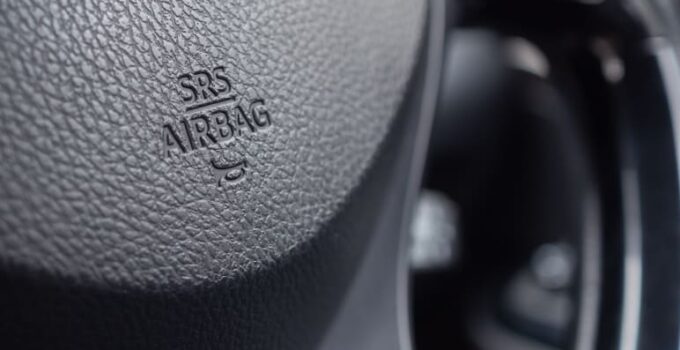
The SRS (Supplemental Restraint System) is a passive safety system that protects the driver and passengers in emergency situations.
The SRS elements include:
- Front and side airbags;
- Active head restraints;
- Belt pretensioners;
- Sensors;
- Control unit.
The SRS components can also be located in different parts of the vehicle – under the hood, in the seats or in the center console.
The task of the SRS sensors is to measure the movement of the vehicle and to monitor the position of people in the passenger compartment. This information is sent to the control unit, which sends a command to the operating units.
In the event of an emergency situation, for example when a car hits an obstacle at a speed of 50 km/h or faster, the inertial sensors activated. As a result, the module activates the propellant charges of the airbags. As a result, the airbags inflate.

The airbags are inflated by dry gas contained in capsules: under the influence of an electrical impulse, it melts, releasing the gas and inflating the airbag.
The propellants will not activate if:
- the vehicle hits a soft object
- the impact is from the rear (activation of the active head restraints);
- the impact is from the side and there are no side airbags in the car.
Separate sensors monitor whether a person is wearing a seat belt or not. The level of seat belt tension may increase after the corresponding signal from the SRS module.
The SRS system also works together with the central locking system: the doors that were locked during an accident are unlocked after the signal from the SRS unlocked. This gives rescuers better access to the injured people.
